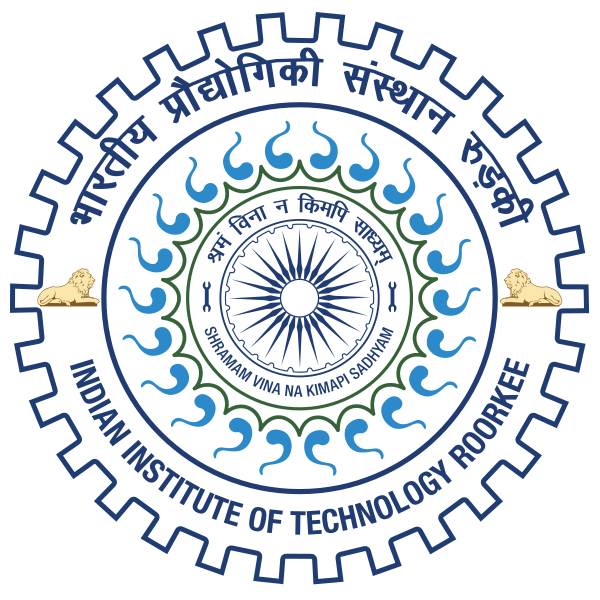Please use this identifier to cite or link to this item:
http://localhost:8081/jspui/handle/123456789/18365| Title: | ANALYSIS OF SEEPAGE FLOW THROUGH EARTHEN DAMS UNDER VARIOUS DESIGN FACTORS AND RESERVOIR WATER LEVEL CONDITIONS |
| Authors: | Jain, Shruti |
| Keywords: | Seepage Analysis, Earthen Dams, Design Factors, Numerical Modelling, Physical Model, SEEP/W. |
| Issue Date: | Jun-2023 |
| Publisher: | IIT, Roorkee |
| Abstract: | Earthen dams are susceptible to seepage losses, which pose a significant risk to their structural integrity. Seepage failures of these dams can occur due to piping and internal erosion, by gradual migration of soil particles and water towards coarser exits. Accurate prediction of seepage is essential for effective planning and design of hydraulic structures like dams. This study investigated the seepage behavior in a typical earthen dams under various dam design factors and reservoir water level conditions. The research employed both small-scale physical experiments and numerical modelling techniques using SEEP/W to investigate the seepage behavior. A series of small-scale physical model experiments of earthen dam were conducted with different materials and studied under controlled conditions. During the experiments, the seepage rate and total water pressure head were recorded for various upstream water level. Further, the numerical modelling for the developed physical setup was conducted using the SEEP/W simulator. The numerical model is then validated by comparing the observed seepage discharge rate and total water pressure head from the physical model for identical scenarios. The results exhibit a robust correlation between the observed and the simulated seepage discharge rate, with a high level of accuracy with a model efficiency of more than 90%. The seepage rates obtained from the both experimental study and the numerical modelling also exhibits a strong correlation, with an R2 value of 0.98. This confirms the reliability and effectiveness of the numerical model in predicting the seepage rates/ quantity accurately. Thereafter, impacts of various dam design parameters on seepage behavior were analyzed using the developed numerical framework. The investigated parameters included the height of the dam, upstream slope and the slope of downstream side. Steady-state analysis at different reservoir levels was the performed, to examine the impact of water level fluctuations on seepage patterns. Additionally, the influence of soil permeability on seepage discharge was investigated by considering a range of permeability values for commonly used dam materials. This analysis provided valuable insights into the interplay between material properties and the behavior of seepage within the dam. Utilizing the data acquired through numerical modeling, a mathematical relationship was established to describe the seepage behavior across diverse parameter settings of dams. |
| URI: | http://localhost:8081/jspui/handle/123456789/18365 |
| Research Supervisor/ Guide: | Yadav, Brijesh Kumar |
| metadata.dc.type: | Dissertations |
| Appears in Collections: | MASTERS' THESES (Hydrology) |
Files in This Item:
| File | Description | Size | Format | |
|---|---|---|---|---|
| 21563016_SHRUTI JAIN.pdf | 3.53 MB | Adobe PDF | View/Open |
Items in DSpace are protected by copyright, with all rights reserved, unless otherwise indicated.

